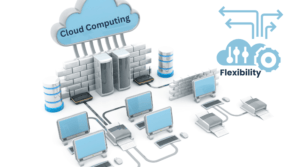Python has become one of the most popular programming languages for data analysis and visualization due to its flexibility, ease of use, and powerful libraries. Here are some of the reasons why Python is a powerful tool for data analysis and visualization:
Large and growing community: Python has a large and growing community of users and developers who contribute to the development of libraries and tools for data analysis and visualization.
Rich ecosystem of libraries: Python has a rich ecosystem of libraries for data analysis and visualization, including NumPy, Pandas, Matplotlib, Seaborn, Plotly, and Bokeh, to name a few. These libraries provide a wide range of functionality, from data manipulation to statistical analysis to interactive visualization.
Easy to learn: Python is relatively easy to learn compared to other programming languages. The syntax is simple and intuitive, and the language is highly readable, making it easier to write and understand code.
Interoperability: Python is highly interoperable with other programming languages and technologies. This makes it easy to integrate Python with other tools and platforms, such as databases, web applications, and machine learning frameworks.
Reproducibility: Python makes it easy to write reproducible code, which is essential for scientific research and data analysis. Reproducibility ensures that results can be replicated by others, making research more reliable and trustworthy.
Open-source: Python is an open-source language, which means that anyone can contribute to its development and use it for free. This makes it a highly accessible tool for data analysis and visualization.
In summary, Python is a powerful tool for data analysis and visualization due to its large community, rich ecosystem of libraries, ease of learning, interoperability, reproducibility, and open-source nature. Its versatility and flexibility make it an ideal choice for a wide range of applications, from exploratory data analysis to complex statistical modeling and visualization.





